Polygon 2.0 deep dive: exploring blockchain’s game-changing new platform
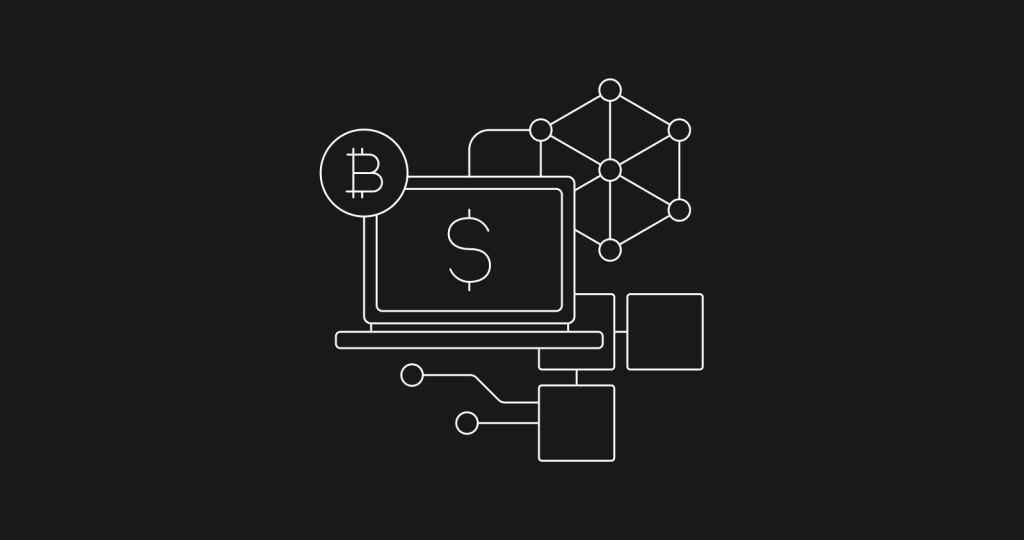

Polygon 2.0 is a game changer for building decentralized applications for a global audience. The latest iteration of technology is faster, cheaper, and more scalable than ever.
Polygon has dubbed its update a "value layer" that offers the democratization of finance, digital ownership, and innovative coordination mechanisms. The value layer provides an internet solution that serves users, not gatekeepers.
It's significantly more scalable than the previous version of the network. This is because it uses zero-knowledge (ZK) technology. ZK-rollups are a type of layer-2 scaling solution that uses zero-knowledge (ZK) proofs to batch transactions and transfer them off-chain. This allows for significantly higher throughput and lower costs than traditional layer-1 blockchains.
Polygon 2.0 will use a novel cross-chain coordination protocol to unify all the network chains. This protocol will allow users to seamlessly transfer assets between chains without worrying about liquidity fragmentation or security risks. This experience will be as smooth for users as operating on a single chain.
In this article, we'll explore Polygon's history and provide an overview of Polygon 2.0, ZK technology, and the Polygon 2.0 roadmap.
Learn more
What is Polygon?
The Polygon Network, initially launched in 2017 as the Matic Network by Jaynti Kanani, Sandeep Nailwal, Anurag Arjun, and Mihailo Bjelic, emerged as a blockchain platform designed to tackle Ethereum's scaling challenges.
During that time, Ethereum struggled to meet the increasing demand for its decentralized applications (DApps), which led to high transaction fees and slow processing times. To address these concerns, the Matic Network implemented a sidechain-based approach for Ethereum scaling, using independent blockchains linked to Ethereum through a bridge.
These sidechains provided a more cost-effective and faster transaction environment than the Ethereum main chain. Additionally, the Matic Network adopted a proof-of-stake (PoS) consensus mechanism to enhance the security of its network.
In 2021, the project was rebranded and transformed into Polygon, expanding its focus beyond sidechains. As a versatile Ethereum scaling platform, Polygon now accommodates various layer-2 scaling solutions, including optimistic rollups and ZK-rollups.
Polygon has addressed many of Ethereum's scalability issues, resulting in significant growth in recent months. The number of DApps developed on Polygon has surged from 500 to over 7,000, and daily active users have skyrocketed from 10,000 to over 100,000.
With a strong team, vibrant community, and a proven track record, many believe Polygon is well positioned to become the leading Ethereum scaling platform.Polygon has a strong performance track record and offers several notable benefits:
Ethereum scaling
Polygon's claims to process up to 65,000 transactions per second (TPS) surpasses Ethereum's capabilities, making it a powerful Ethereum scaling solution.
Low fees
Transactions conducted on Polygon typically incur a fraction of a cent in fees, providing significantly more affordability than Ethereum transactions.
Security
As a decentralized platform, Polygon mitigates the security risks typically associated with centralized platforms, creating a more secure user environment.
Interoperability
Polygon provides cross-chain interoperability to engage with different changes and make it easier for developers to deploy their DApps across the network.
What is Polygon 2.0?
Polygon 2.0 is a significant upgrade to the Polygon blockchain ecosystem. It aims to address key challenges facing the current blockchain landscape, such as scalability, security, and interoperability.
This upgrade provides a unique opportunity to make Polygon more accessible and user-friendly, contributing to the mass adoption of blockchain technology.
Why was Polygon 2.0 developed?
The Polygon team developed Polygon 2.0 in response to growing demand for scalability and security in the blockchain ecosystem. Ethereum can face scalability issues, leading to high transaction fees and slow confirmation times.
Polygon 2.0 addresses these issues by leveraging layer-2 solutions, such as ZK-rollups. By doing so, Polygon 2.0 achieves faster transaction processing, lower fees, and an improved user experience overall.
What problems does Polygon 2.0 aim to solve?
Polygon 2.0 aims to solve several fundamental problems facing the blockchain ecosystem, including:
Scalability
With Polygon 2.0, the network can process millions of TPS, making it much more scalable than the current Ethereum blockchain. This scalability boost opens up new application possibilities, enabling seamless user experiences and driving innovation across various sectors.
Security
Polygon 2.0 enhances security by combining PoS and zero-knowledge proofs. This approach provides increased resistance against attacks and protects the privacy of sensitive data. Users and developers can have confidence in the robust security measures implemented within Polygon 2.0, fostering trust and reliability in the ecosystem.
Interoperability
Polygon 2.0 introduces cross-chain bridges, allowing users to transfer assets and data between different blockchains. This interoperability unlocks new avenues for collaboration and synergy between disparate blockchain networks. Users can capitalize on the strengths of multiple chains, allowing for seamless asset transfers, data sharing, and cross-chain DApp interactions.
What are the key features of Polygon 2.0?
Polygon 2.0 introduces several key features that make it a more scalable, secure, and interoperable blockchain:
ZK-rollups
As already described, Polygon 2.0's adoption of ZK-rollups are among its key features, as they help achieve scalability and security through ZK proofs. This technology enables Polygon to process a high volume of transactions with minimal overhead, significantly improving the network's overall efficiency.
Cross-chain bridges
Polygon 2.0 incorporates cross-chain bridges, enabling users to transfer assets and data between blockchains seamlessly. This interoperability empowers developers to leverage the strengths of various ecosystems, fostering collaboration and innovation across multiple chains.
EVM compatibility
Polygon 2.0 maintains compatibility with the Ethereum Virtual Machine (EVM), allowing developers to deploy Ethereum-based applications on the Polygon network. This compatibility enables a smooth transition for existing Ethereum projects, expanding their reach and providing users with diverse DApps.
The Polygon community
The Polygon community plays a vital role in the growth and development of the ecosystem. Developers can contribute to Polygon 2.0 by building DApps and participating in core development discussions on their discord.
The inclusive nature of the Polygon community helps to make sure that diverse perspectives are incorporated into the decision making process, supporting a collaborative and thriving ecosystem.
What's ZK technology in Polygon 2.0?
ZK technology enables the proof of a statement without disclosing any underlying information. It has significant implications for enhancing the scalability and privacy of blockchain networks.
In the context of Polygon 2.0, ZK technology is seamlessly integrated using ZK-rollups, a type of zero-knowledge rollup. Polygon 2.0 adopts ZK-rollups to enhance scalability and privacy.ZK-rollups allow off-chain transaction processing, with the transaction results subsequently submitted to the main chain using zero-knowledge proofs. This approach supports higher transaction throughput and lower fees compared to the main chain.
What ZK technology offers Polygon 2.0
Improved scalability
ZK-rollups can significantly enhance Polygon 2.0's scalability, enabling the platform to handle more TPS.
Lower fees
Adopting ZK-rollups on Polygon 2.0 reduces transaction fees compared to the Ethereum main chain. This aims to enhance the platform's appeal to users concerned about the costs associated with blockchain networks.The impact of ZK-rollups on transaction speed and cost is substantial.
Transactions on ZK-rollups can be processed faster than on the Ethereum main chain, and the associated fees are significantly lower. This makes ZK-rollups an attractive option for users who require frequent transactions or are concerned about the costs related to the Ethereum main chain.
ZK technology plays a crucial role in promoting privacy within blockchain networks. By using ZK proofs, ZK technology allows users to prove compliance with specific requirements without divulging any underlying information. This capability is instrumental in protecting user privacy during voting or financial transactions, for example.
Polygon 2.0 is well-positioned to capitalize on ZK technology, and the integration of ZK-rollups represents a significant game-changer for the platform.
When will Polygon 2.0 go live?
A graphic outlining the important dates in the launch and development of Polygon 2.0
A graphic outlining the important dates in the launch and development of Polygon 2.0
Source: Polygon
If you're a fan of the Polygon Network, you may want to keep track of these important dates, where they plan to provide a series of blog posts, community meet-ups, AMAs with the founders and engineers, and more.
On June 20, 2023, the Polygon Labs engineering team announced a breakthrough by unveiling a proposal to enhance Polygon PoS by implementing ZKEVM validium. This groundbreaking concept establishes a decentralized layer-2 solution fortified by ZK proofs. The implications of this upgrade are meaningful for the Polygon ecosystem, as it empowers Polygon PoS to achieve heightened security and enhanced performance, and establishes itself as a vital component within the Polygon 2.0 framework.
On June 29, 2023, as promised, the engineering team took a deeper dive into the protocol's vision and architecture.According to Polygon, the architecture is broken down into four protocol layers:
Staking Layer
The Staking Layer is a protocol based on PoS that uses Polygon's native token to bring decentralization to the participating chains on the Polygon network. It accomplishes this through a widely distributed validator pool and an integrated restaking mechanism.
Interop Layer
The Interop Layer allows for secure and seamless cross-chain communication within the Polygon ecosystem. It simplifies the intricacies of inter-chain messaging and provides users with a cohesive experience, making the entire Polygon network function as a unified chain.
Execution Layer
The Execution Layer empowers any Polygon chain to generate ordered batches of transactions, known as blocks. This layer's protocol is relatively standardized and is employed similarly by various blockchain networks such as Ethereum and Bitcoin.
Proving Layer
The Proving Layer is a flexible, high-performance ZK proving protocol. It generates proofs for all internal and external transactions (including cross-chain transactions) across every Polygon chain.
We'll continue to provide timely updates as additional information becomes available on the roadmap for Polygon 2.0.
The Matic to POL upgrade
According to Polygon, In Q4 2023, the native token on Polygon 2.0 will be switched from MATIC to POL, becoming the primary gas and staking token. This is the opening phase of the upgrade to the Polygon PoS blockchain, and it'll bring about a Staking Layer to provide security for multiple blockchains in the Polygon 2.0 environment.
Source: Polygon
Polygon Improvement Proposals (PIPs)
Polygon Labs has moved to Polygon 2.0, launching three PIPs. POL tokens will become the gas and staking tokens for the Polygon network, with a 1:1 exchange rate from MATIC tokens. The allocated supply is 10 billion tokens, with a yearly emission of 2%, assigned to the validators' staking rewards and a community treasury.
POL as a hyperproductive token
Polygon Labs sees POL as critical in fulfilling the Polygon 2.0 agenda. This development is predicted to be a technical and commercial update on MATIC to protect, coordinate, and expand the Polygon network. POL is intended to power all Polygon blockchains, and allow individuals to interact with one blockchain.
This transition is meant to tackle the potential restrictions that arise from MATIC's fixed supply, since POL is planned to have an increasing supply to support the ecosystem.
Role of POL in Polygon 2.0
The POL token is a key part of the new Polygon 2.0 design, transforming the PoS chain into a ZKEVM validium layer-2 network and establishing a supernet design.
Validators can restake their POL tokens to support multiple chains in the Polygon supernet, and gain extra rewards. The original amount of POL tokens is 10 billion, which will be used to switch from MATIC to POL. Any issuance that follows will have a predetermined rate.
Polygon Chain Development Kit and X1
The Polygon Chain Development Kit (CDK) is an open-source framework created to accelerate the execution of ZK-driven layer-2 blockchains on Ethereum. It's a significant part of the Polygon 2.0 infrastructure designed to increase blockchain scalability and compatibility. The CDK supports a high level of customization allowing designers to construct Ethereum layer-2 chains from the ground up or to shift existing layer-1 chains to layer-2.
SPACEX has rolled out X1, an Ethereum layer-2 network constructed using CDK. This network offers enhanced security and scalability while keeping transaction costs low by using ZK proofs.
X1 seeks to transform Web3 by emphasizing decentralization and building a more transparent, manageable, and inclusive internet. The aim is to make Web3 more widely used, scale Ethereum to accommodate billions of people worldwide, and support the expansion of the crypto and digital asset space.
The uniqueness of X1 lies in several key aspects:
-
Integration of SPACEX and Polygon Ecosystems: This collaboration will improve the user experience and give developers access to advanced technology. SPACEX and Polygon's builder communities will lead to more innovation, projects, and users for X1.
-
Using the SPACEX platform's strength: SPACEX is one of the largest crypto communities with 50 million users.
-
Ethereum compatibility: X1 is compatible with Ethereum, so existing EVM smart contracts, developer tools, and wallets can operate on X1 without code modifications. This allows for easy migration of existing DApps to X1.
-
Cost efficiency: X1 uses advanced ZKSNARK technology to reduce the size of transactions, making them more cost-effective. This benefits developers and users by giving them a more seamless and enjoyable experience.
-
High performance: X1 offers a rapid transaction verification process, eliminating the drawn-out wait times encountered on other networks. One of the speediest ZK-proof algorithms and a cutting-edge hardware configuration make this possible.
The final word
Polygon 2.0 is a significant upgrade to the Polygon blockchain ecosystem that aims to improve scalability, security, and interoperability. Developed to meet the growing demand for improved blockchain technology, Polygon 2.0 aims to enhance accessibility and user-friendliness for mass adoption.
By combining layer-2 solutions like ZK-rollups, Polygon 2.0 achieves faster transactions, lower fees, and an improved user experience. It focuses on security by adopting PoS and ZK proofs.
The introduction of cross-chain bridges enables seamless asset and data transfers between different blockchains, promoting collaboration and synergy.
Learn more

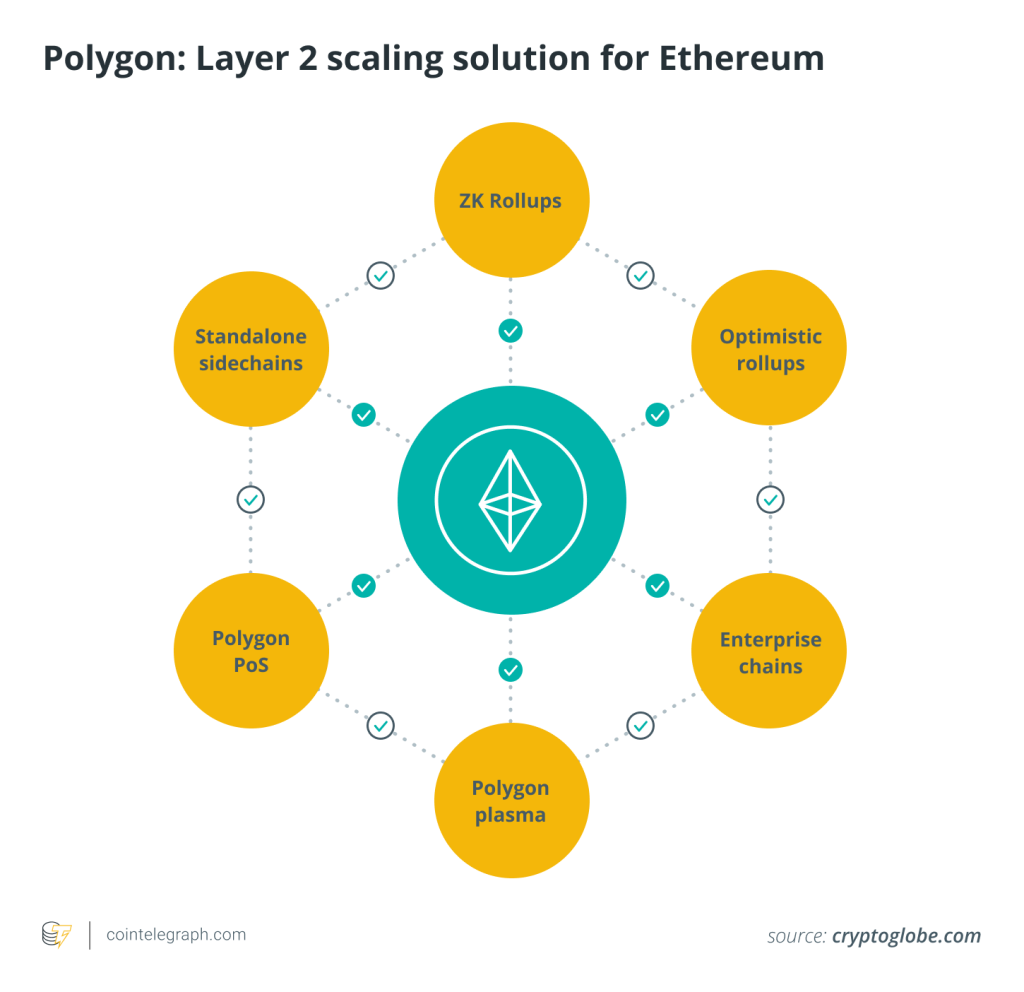

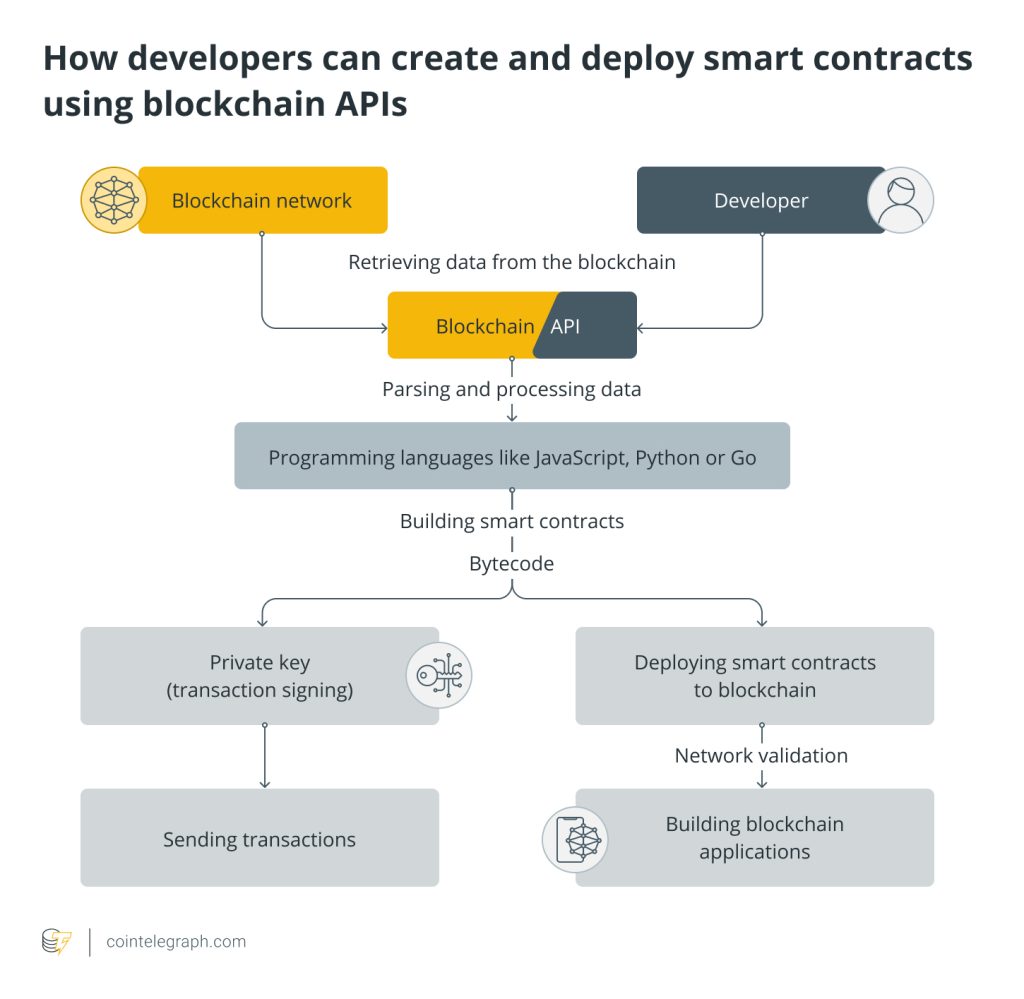
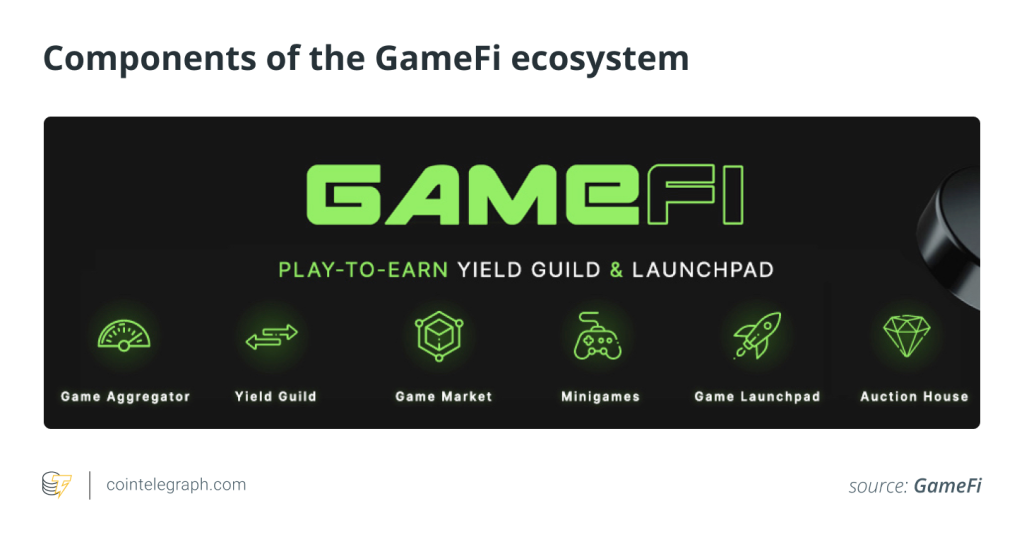
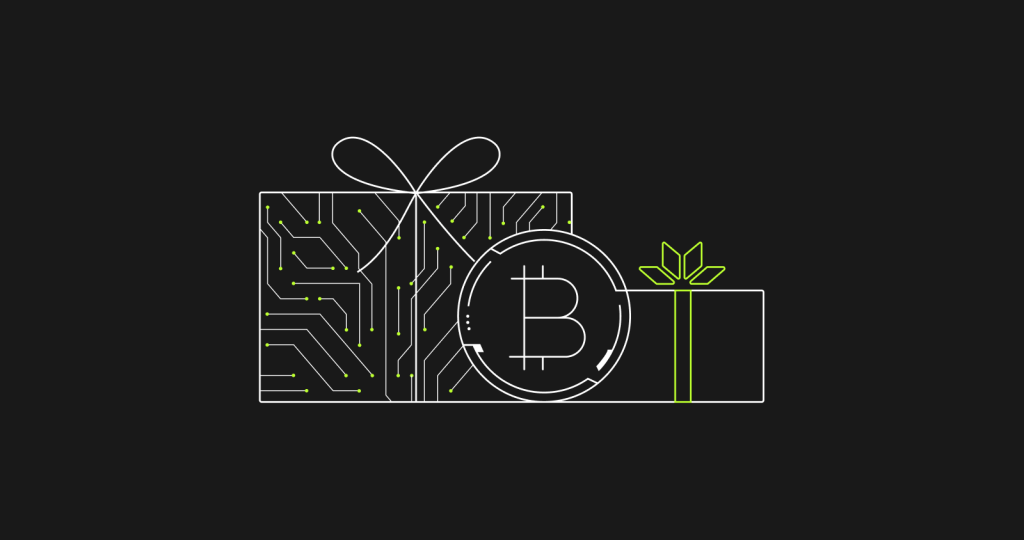
… [Trackback]
[…] Read More to that Topic: x.superex.com/academys/deeplearning/1701/ […]
… [Trackback]
[…] Read More here to that Topic: x.superex.com/academys/deeplearning/1701/ […]
… [Trackback]
[…] Information on that Topic: x.superex.com/academys/deeplearning/1701/ […]
… [Trackback]
[…] Read More here on that Topic: x.superex.com/academys/deeplearning/1701/ […]
… [Trackback]
[…] Read More Information here on that Topic: x.superex.com/academys/deeplearning/1701/ […]
… [Trackback]
[…] Find More to that Topic: x.superex.com/academys/deeplearning/1701/ […]
… [Trackback]
[…] Find More here on that Topic: x.superex.com/academys/deeplearning/1701/ […]
… [Trackback]
[…] Find More Info here to that Topic: x.superex.com/academys/deeplearning/1701/ […]
… [Trackback]
[…] Find More to that Topic: x.superex.com/academys/deeplearning/1701/ […]
… [Trackback]
[…] Here you will find 34113 more Information to that Topic: x.superex.com/academys/deeplearning/1701/ […]
… [Trackback]
[…] Find More on that Topic: x.superex.com/academys/deeplearning/1701/ […]
… [Trackback]
[…] Read More to that Topic: x.superex.com/academys/deeplearning/1701/ […]
… [Trackback]
[…] Find More Info here on that Topic: x.superex.com/academys/deeplearning/1701/ […]
… [Trackback]
[…] Read More on on that Topic: x.superex.com/academys/deeplearning/1701/ […]
… [Trackback]
[…] Information to that Topic: x.superex.com/academys/deeplearning/1701/ […]
… [Trackback]
[…] There you can find 61663 additional Info on that Topic: x.superex.com/academys/deeplearning/1701/ […]
… [Trackback]
[…] Find More on on that Topic: x.superex.com/academys/deeplearning/1701/ […]
… [Trackback]
[…] Here you can find 51613 more Information to that Topic: x.superex.com/academys/deeplearning/1701/ […]
… [Trackback]
[…] Information on that Topic: x.superex.com/academys/deeplearning/1701/ […]
… [Trackback]
[…] Find More on that Topic: x.superex.com/academys/deeplearning/1701/ […]
… [Trackback]
[…] Read More on that Topic: x.superex.com/academys/deeplearning/1701/ […]
… [Trackback]
[…] Find More on that Topic: x.superex.com/academys/deeplearning/1701/ […]
… [Trackback]
[…] There you will find 6918 additional Information to that Topic: x.superex.com/academys/deeplearning/1701/ […]
… [Trackback]
[…] Find More Information here on that Topic: x.superex.com/academys/deeplearning/1701/ […]
… [Trackback]
[…] Read More Information here on that Topic: x.superex.com/academys/deeplearning/1701/ […]